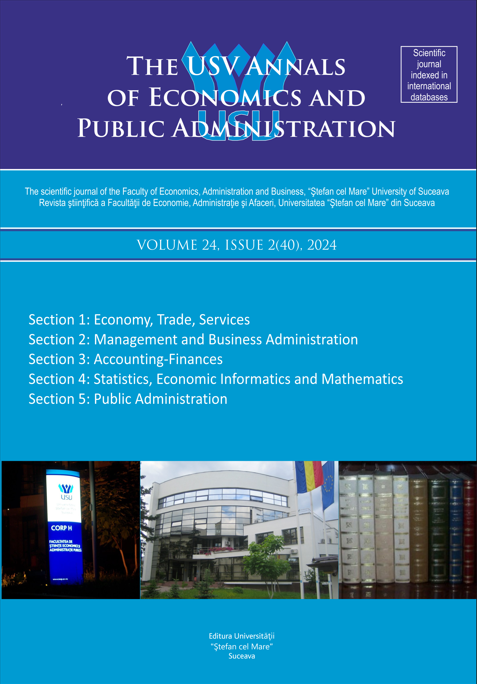Modeling the relationship between excise tax levels and products harmful to health. Case study of European Union countries
DOI:
https://doi.org/10.4316/aepa.2024.24.2(40).166-179Abstract
The substantial increase in the consumption of certain products known to have repercussions on the health of consumers has led to the establishment of measures to help discourage consumption, but also to increase health awareness. The aim of our work is to highlight the correlation between excise duties and consumption at EU level, with the application of excise duties having the expected effects in relation to the worrying consumption of alcohol and tobacco products. For this research we have used SPSS statistical software, the correlation being determined on the basis of an econometric model with the level of excise duty as the dependent variable and alcohol and cigarette consumption as the independent variables The research results reveal that if the per capita recorded alcohol consumption decreases by one unit and the per capita recorded cigarette consumption remains constant, then the excise tax level increases on average by 0.782 units, and if the per capita recorded cigarette consumption decreases by one unit and the per capita recorded alcohol consumption remains constant, then the excise tax level increases on average by 1.638 units. Therefore, this correlation highlights consumption as a factor generating health problems at national and international level.Downloads
Additional Files
Published
2025-01-13
Issue
Section
Accounting and finance

